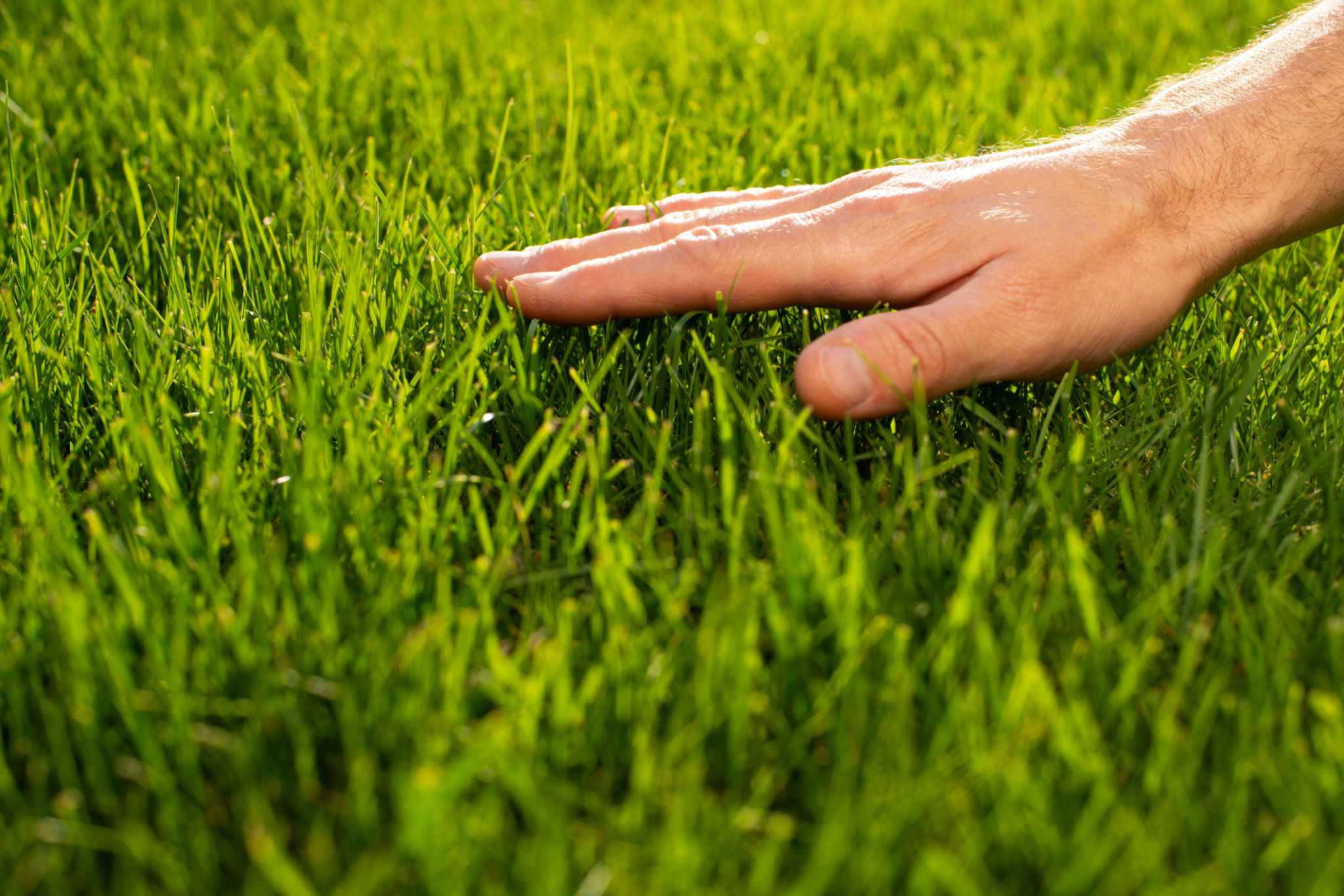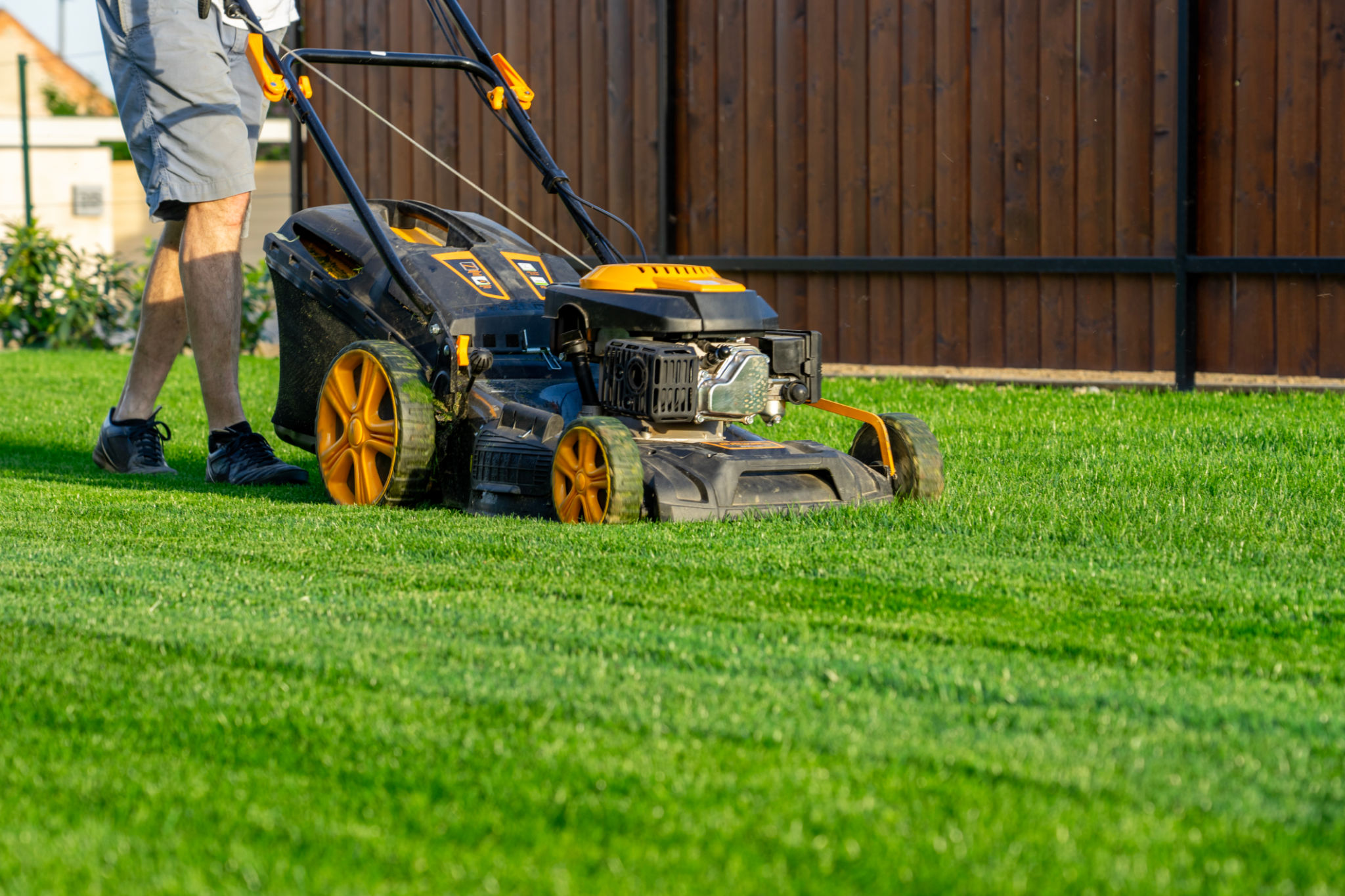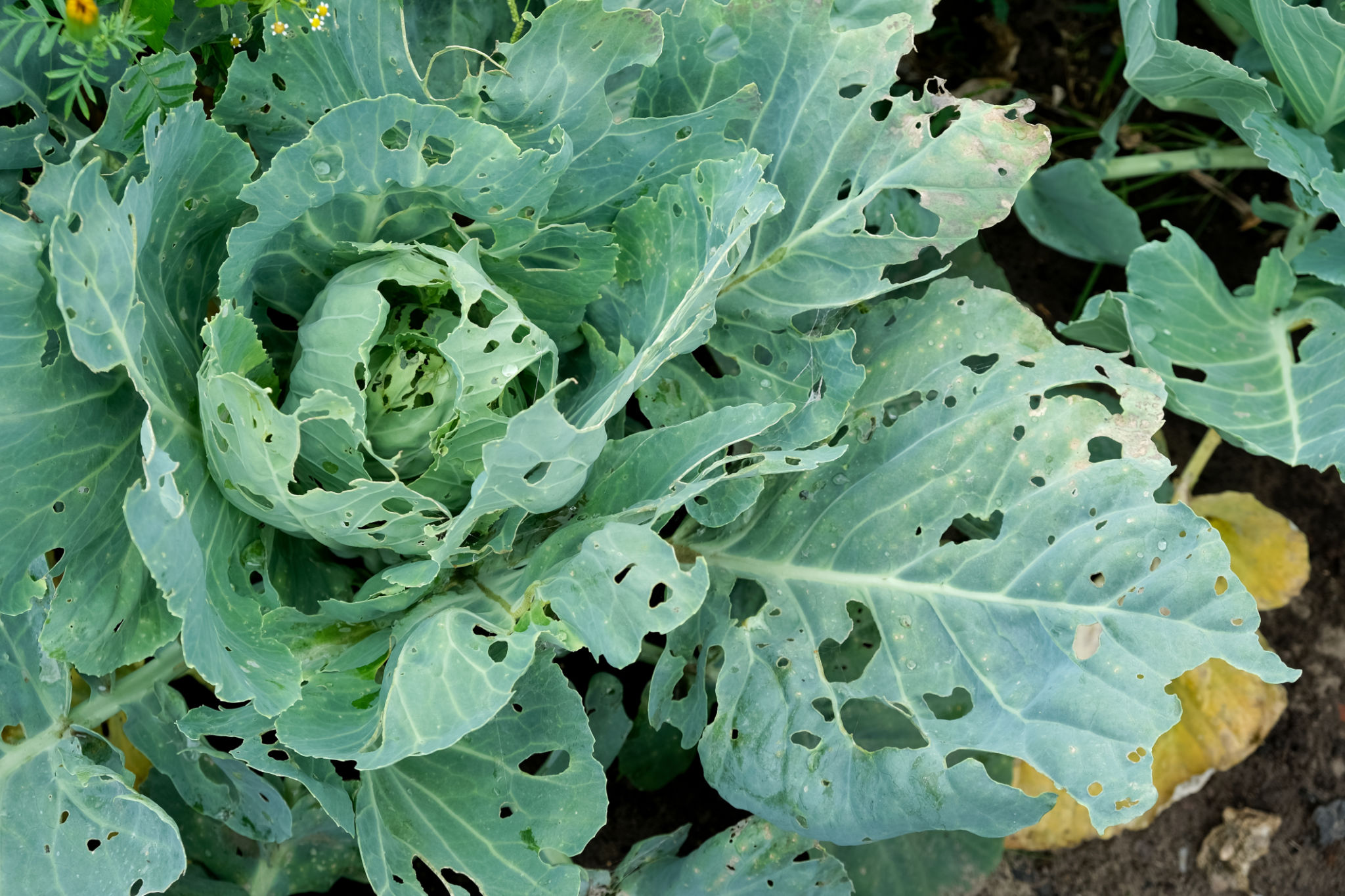Expert Tips for Maintaining a Lush Lawn All Year Round
Understanding Your Lawn's Needs
Maintaining a lush lawn all year round requires understanding the unique needs of your grass. Different grass types have varying requirements, so it's crucial to know whether you have cool-season or warm-season grass. Cool-season grasses like fescue and rye thrive in cooler climates, while warm-season grasses such as Bermuda and zoysia prefer warmer environments. Identifying your grass type is the first step in crafting an effective lawn care strategy.
Beyond grass type, consider factors such as soil quality, sunlight exposure, and local climate conditions. Conduct a soil test to determine nutrient levels and pH balance, as this will guide your fertilization efforts. Additionally, observe how much sunlight your lawn receives daily, as this impacts growth and health.

Watering Wisely
Proper watering techniques are essential for maintaining a vibrant lawn. Over-watering can lead to shallow roots and fungal diseases, while under-watering causes brown patches and stress. Aim to water deeply but infrequently to encourage deep root growth. Typically, lawns require about one inch of water per week, including rainfall.
Early morning is the best time to water your lawn, as this allows the grass to dry during the day, reducing the risk of disease. Consider using a rain gauge to monitor rainfall and adjust your watering schedule accordingly.
Mowing Techniques
Mowing is more than just keeping your lawn tidy; it's a critical component of lawn health. Set your mower blade at the proper height for your grass type to avoid scalping, which stresses the grass and invites weeds. As a rule of thumb, never remove more than one-third of the grass height in a single mowing session.

Keep mower blades sharp to ensure clean cuts that heal quickly. Dull blades can tear the grass, making it susceptible to disease. Additionally, vary your mowing pattern each time to prevent soil compaction and encourage healthy growth.
Feeding and Fertilizing
A well-fed lawn is a healthy lawn. Fertilizing provides essential nutrients that promote strong root systems and vibrant color. The key is timing and choosing the right fertilizer for your grass type. Cool-season grasses benefit from fertilization in early spring and fall, while warm-season grasses thrive with summer applications.
Opt for slow-release fertilizers to provide a steady supply of nutrients over time. Always follow the manufacturer's instructions to avoid over-fertilization, which can harm your lawn and the environment.
Weed and Pest Control
Weeds and pests can quickly ruin a beautiful lawn if not managed promptly. Implement a proactive weed control strategy using pre-emergent herbicides in early spring to prevent weed seeds from germinating. For existing weeds, spot treat with post-emergent herbicides.

Pest control is equally important. Keep an eye out for common lawn pests such as grubs and chinch bugs. Natural predators like birds can help control pest populations, but targeted treatments may be necessary for severe infestations.
Seasonal Lawn Care Tasks
Your lawn's needs change with the seasons. In spring, focus on aeration and dethatching to improve air circulation and nutrient absorption. Summer requires diligent watering and pest monitoring, while fall is perfect for overseeding and fortifying your lawn for winter.
In winter, limit foot traffic on frosty lawns to prevent damage. Consider applying a winterizer fertilizer in late fall to help your lawn withstand cold temperatures and emerge strong in spring.
By understanding these expert tips and tailoring them to your specific environment, you can maintain a lush, healthy lawn throughout the year.